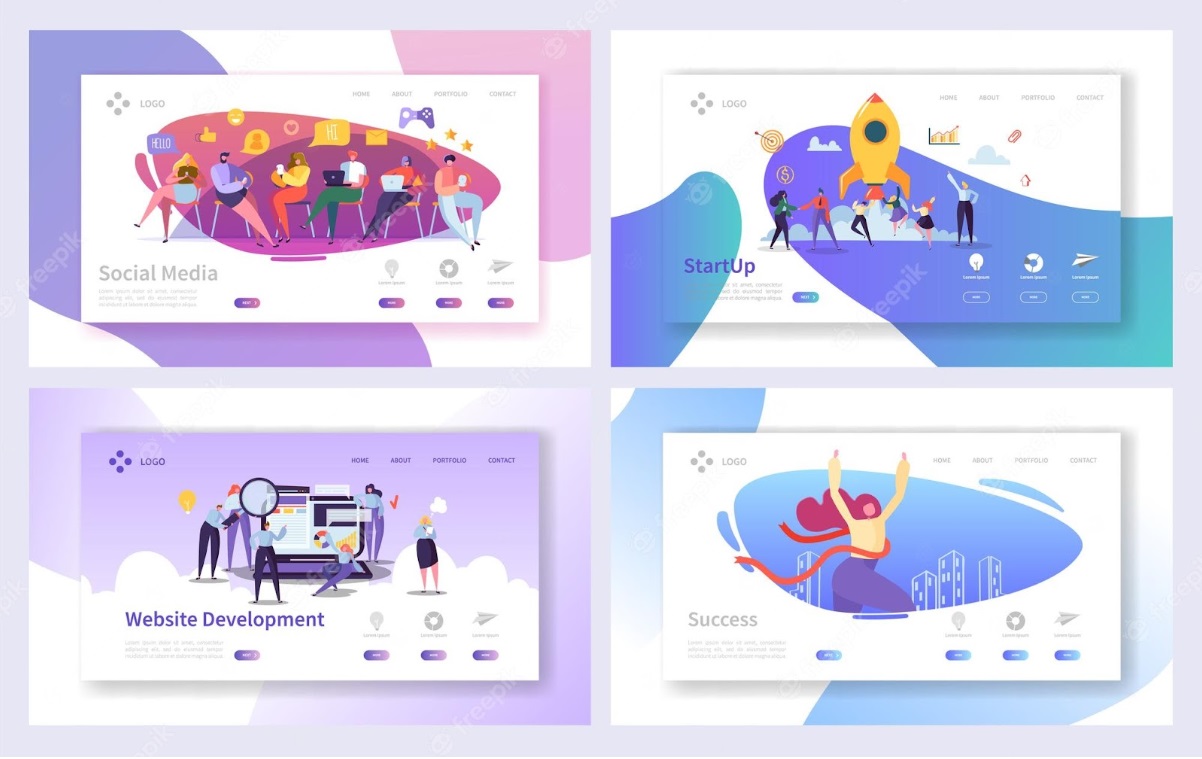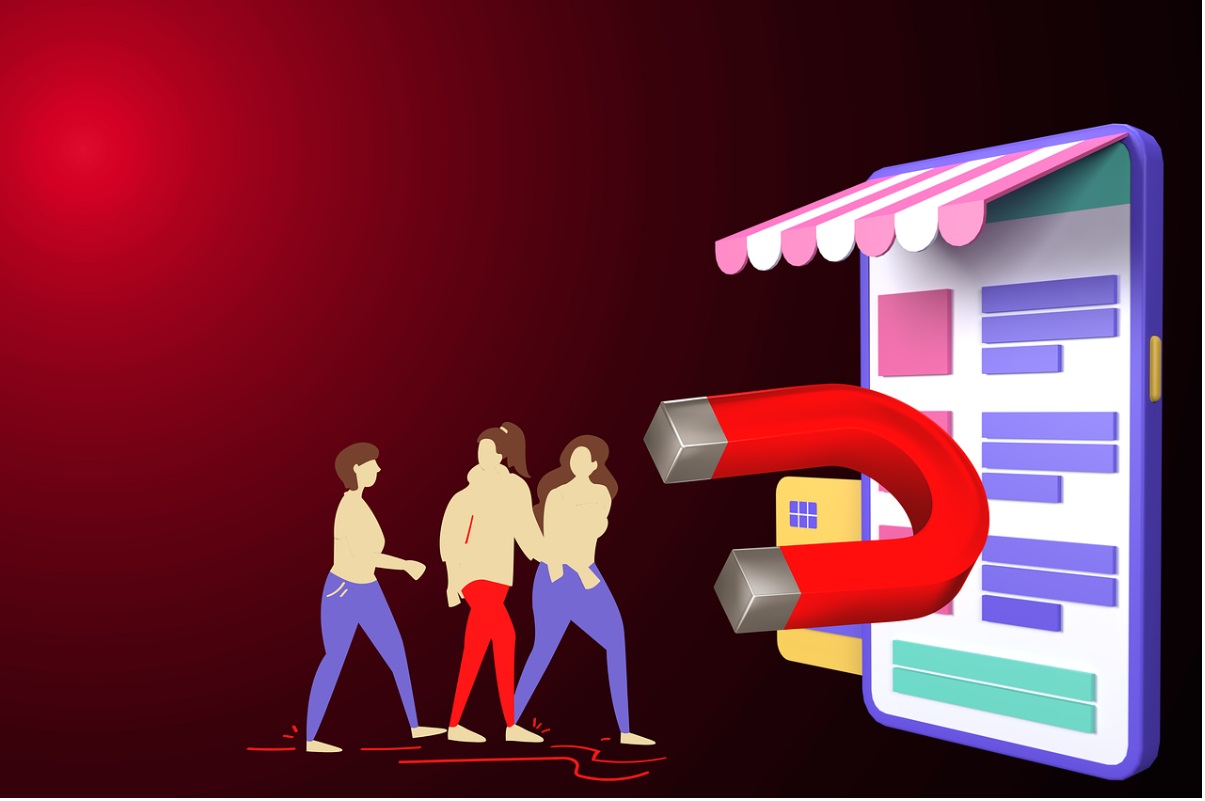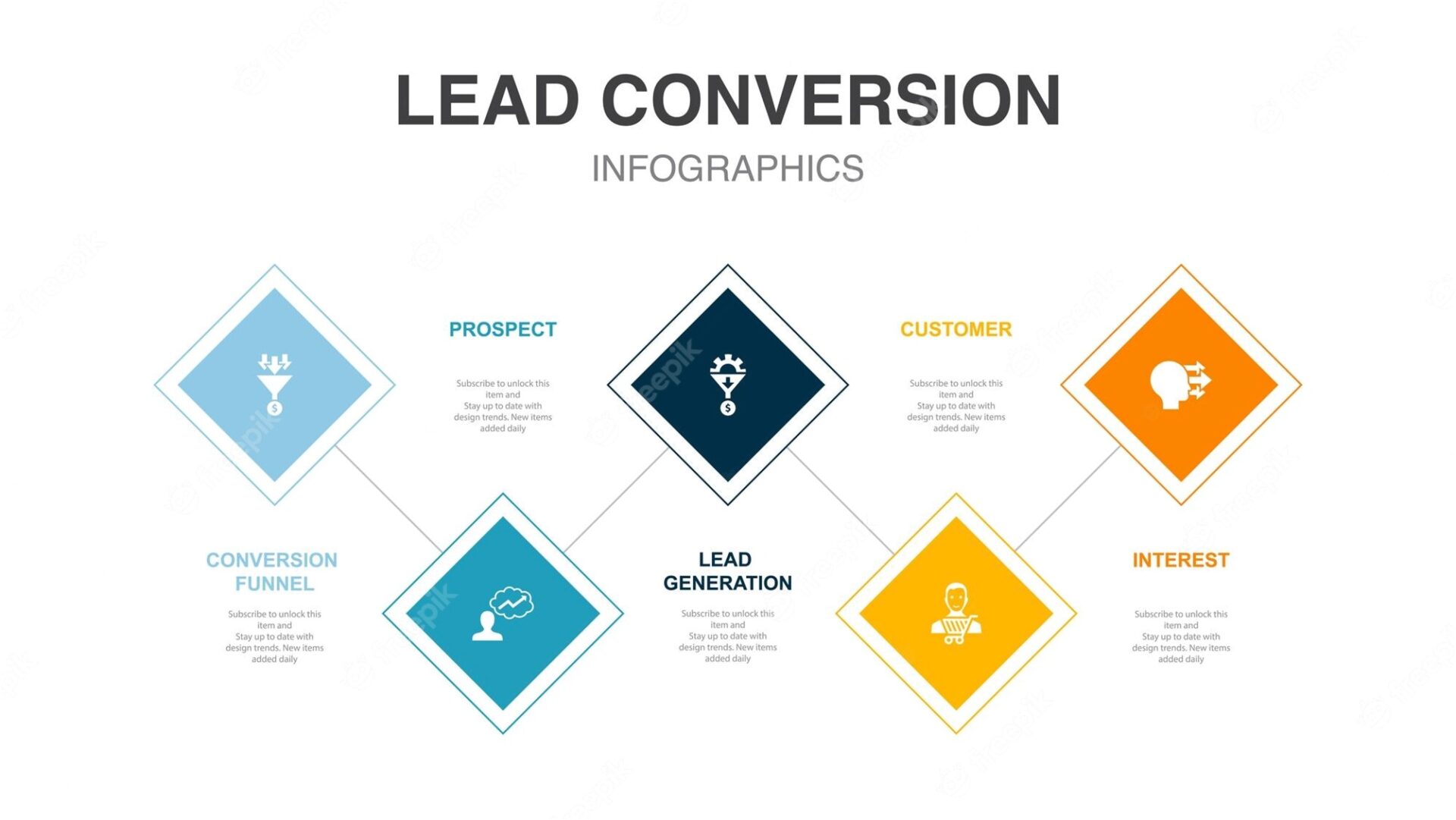As a marketing professional, I have seen many trends come and go. However, the one that has had the biggest impact on the industry is Inbound Marketing. Inbound Marketing is a methodology that focuses on attracting customers through valuable content and experiences, rather than interruptive advertising. In this article, I’ll walk you through the process of inbound marketing and explain how you can use it to achieve sustainable growth for your business.
Introduction to Inbound Marketing
Inbound Marketing is a customer-centric approach that aims to attract, engage and delight potential customers by providing them with valuable content and experiences. Unlike traditional marketing, which relies on interruptive advertising to push products or services, inbound marketing focuses on creating useful, relevant, and engaging content for the target audience.
The basic philosophy of Inbound Marketing is to create a relationship with the customer, rather than just a transaction. By delivering value to the customer, inbound marketing aims to build trust, establish authority, and ultimately generate leads and sales.
The Importance of Inbound Marketing in Today’s Business Landscape
Inbound Marketing is more important than ever in today’s business landscape. The rise of the internet and social media has provided customers with more information and choice than ever before. Customers can search, compare and buy products and services from anywhere in the world, anytime, with just a few clicks.
Inbound Marketing helps businesses stand out and reach their target audience effectively. It allows companies to create a strong online presence, build trust and establish authority in their industry. By delivering valuable content and experiences, businesses can attract potential customers, generate leads, and support them through their zero-to- hero buying journey .
Inbound Marketing and Outbound Marketing
Inbound Marketing is often contrasted with Outbound Marketing, which is the traditional approach to marketing. Outbound marketing relies on interruptive advertising to offer products or services to potential customers. Television commercials, billboards, print ads and cold calling are examples of outbound marketing.
Inbound marketing, on the other hand, focuses on attracting customers through valuable content and experiences. Blogging, social media, email marketing, and search engine optimization (SEO) are examples of inbound marketing.
While outbound marketing can still be effective in some situations, inbound marketing is generally more cost effective, more targeted, and more measurable. Inbound Marketing allows companies to reach their target audience more effectively and build a relationship with them over time.
The Inbound Marketing Methodology
The Inbound Marketing methodology consists of four steps: Attract, Convert, Close and Delight. Each stage corresponds to a specific customer journey goal and requires a different set of tactics and tools.
Attract
The first step in the Inbound Marketing methodology is to attract potential customers to your website or social media presence. To attract potential customers, you need to create valuable content that meets their needs, pain points, and interests.
Examples of content that can attract potential customers include blog posts, videos, social media posts, podcasts, e-books, and white papers. The key is to create relevant, useful and engaging content for your target audience.
Convert
The second step of the Inbound Marketing methodology is to convert potential customers into leads. To convert potential customers into leads, you need to offer them something of value in exchange for their contact information.
E-books, white papers, webinars, free trials, and consultations are all examples of offers that can convert potential customers into leads. The key is to create a relevant, useful and interesting offer for your target audience.
Close
The third step of the Inbound Marketing methodology is to turn prospects into customers. To turn leads into customers, you need to nurture them through their buying journey and provide them with the information and support they need to make a buying decision.
Some of the tactics that can help you convert leads into customers include email marketing, lead scoring, lead nurturing, and sales enablement. The key is to provide your potential customers with the right information at the right time and to make the buying process as easy and smooth as possible.
Delight
The fourth step of the Inbound Marketing methodology is to delight your customers and turn them into promoters of your brand. This requires mastering B2B lead generation , delivering exceptional customer service, support, and experiences that exceed customer expectations.
Some of the tactics that can help you delight your customers include personalized emails, surveys, loyalty programs, and social media engagement. The key is to make your customers feel valued, heard and appreciated, and to turn them into ambassadors for your brand.
Create your inbound marketing plan
To implement an effective inbound marketing strategy, you need to create a plan that outlines your goals, target audience, tactics, and metrics. Here are the steps to follow to create your Inbound Marketing plan:
Step 1: Define your goals
The first step in creating your inbound marketing plan is to define your goals. These must be specific, measurable, achievable, relevant and time-bound (SMART). Here are some examples of goals you can set for your inbound marketing strategy:
- Increase website traffic by 50% over the next six months.
- Generate 100 leads per month through your website
- Increase customer retention by 25% in the coming year.
Step 2: Identify your target audience
The second step in creating your inbound marketing plan is to identify your target audience. Your target audience is the group of people who are most likely to be interested in your product or service. To identify your target audience, you can use tools like buyer profiles, market research, and customer reviews.
Step 3: Develop your content strategy
The third step in creating your inbound marketing plan is to develop your content strategy. This strategy should define the types of content you will create, the topics you will cover, and the channels you will use to distribute your content.
Step 4: Optimize your website
The fourth step in creating your inbound marketing plan is to optimize your website for search engines and user experience. Your website should be easy to navigate, fast and mobile-friendly. You should also use on-page and off-page SEO techniques to improve your search engine rankings.
Step 5: Promote your content
The fifth step in creating your inbound marketing plan is to promote your content and generate leads. You can use tactics such as email marketing, social media, and paid advertising to promote your content and drive potential customers to your website.
Step 6: Nurture your potential customers
The sixth step in creating your inbound marketing plan is to nurture your prospects and provide them with the information and support they need to make a buying decision. You can use tactics like email marketing, lead scoring, and lead nurturing to provide your leads with personalized content and move them forward in their buying journey.
Step 7: Measure results
The final step in creating your inbound marketing plan is to measure your results and adapt your strategy accordingly. You should use metrics like website traffic, lead generation, and customer acquisition cost to track your progress and make data-driven decisions.
Understanding your Buyer Persona
One of the essential elements of a successful inbound marketing strategy is understanding your buyer persona. A buyer persona is a semi-fictional representation of your ideal customer, based on market research and customer information.
To create a buyer persona, you need to gather information about your target audience, such as their demographics, interests, pain points, and buying behaviors. You can use tools such as surveys, interviews, and social media analytics to gather this information.
Once you’ve created your buyer persona, you can use it to guide your content creation, lead nurturing, and sales enablement strategies. Your buyer persona should be an integral part of your inbound marketing plan and should be updated regularly as your business and target audience evolve.
Create content that attracts and converts
Content creation is an essential part of inbound marketing. Your content should be relevant, useful, and engaging to your target audience and should meet their needs, pain points, and interests. Here are the types of content that can attract and convert potential customers:
Blog posts
Blog posts are one of the most effective types of content for inbound marketing. Blog posts can help you attract potential customers by providing them with valuable information, advice, and insights into your industry or product. Blog posts can also help you convert potential customers into leads by offering them relevant content in exchange for their contact information.
Videos
Videos are a very engaging type of content that can help you attract and convert potential customers. Videos can help you showcase your product or service, provide tutorials or demonstrations, and share customer testimonials or success stories. Videos can also help you humanize your brand and establish a personal connection with your target audience.
E-books and white papers
E-books and white papers are in-depth educational content that can help you attract and convert potential customers. E-books and white papers can help you establish your authority in your industry, provide valuable information to your target audience, and generate leads by offering restricted content in exchange for their contact information.
Webinars
Webinars are live or pre-recorded presentations that can help you attract and convert potential customers. Webinars can help you provide valuable information, answer questions, and demonstrate your expertise in your industry or product. Webinars can also help you generate leads by offering discounted content in exchange for attending or registering.
Optimizing your website for inbound marketing
Your website is the centerpiece of your Inbound Marketing strategy. It should be optimized for search engines and user experience to effectively attract and convert potential customers. Here are the steps to take to optimize your website for Inbound Marketing:
Step 1: Perform a website audit
The first step in optimizing your website for inbound marketing is to perform a website audit. A website audit involves analyzing the performance, design and content of your website to identify areas for improvement. You can use tools like Google Analytics, Google Search Console, and SEMrush to perform a website audit.
Step 2: Improve your website user experience
The second step in optimizing your website for inbound marketing is to improve the user experience of your website. Your website should be easy to navigate, fast, and mobile-friendly. You should also use clear, concise language, high-quality images and videos, and a well-designed layout.
Step 3: Implement On-Page SEO Techniques
The third step in optimizing your website for inbound marketing is to implement on-page SEO techniques. These techniques involve optimizing your website content, meta tags, and internal linking to improve your search engine rankings. You should use relevant keywords, meta descriptive titles and descriptions, and internal linking to improve your on-page SEO.
Step 4: Implement Off-Page SEO Techniques
The fourth step in optimizing your website for inbound marketing is to implement off-page SEO techniques. Off-page SEO techniques involve optimizing your website’s external links and social signals to improve your search engine rankings. You should use tactics like link building, social media engagement, and influencer outreach to improve your off-page SEO.
Step 5: Implement Conversion Rate Optimization (CRO) Techniques
The fifth step in optimizing your website for inbound marketing is to implement conversion rate optimization (CRO) techniques. These techniques consist of optimizing the design, content and calls to action (CTA) of your website in order to improve your conversion rates. You should use tactics like A/B testing, heat mapping, and user feedback to improve your CRO.
Promote your content and generate leads
Promoting your content and generating leads are essential parts of inbound marketing. To promote your content and generate leads effectively, you need to use a variety of tactics and channels. Here are the tactics and channels you can use to promote your content and generate leads:
Email Marketing
Email marketing is a very effective tactic for promoting your content and generating leads. Email marketing allows you to send targeted and personalized messages to your subscribers, providing them with valuable content and offers. You can use email marketing to promote your blog posts, webinars, eBooks, and other types of content.
Social media
Social media is a powerful channel to promote your content and generate leads. They allow you to reach a large audience, engage with your followers, and drive traffic to your website. You can use social media to share your blog posts, videos, infographics, and other types of content.
Paid Advertising
Paid advertising is a tactic of paying to have ads shown to your target audience. Paid advertising can help you reach a large audience quickly and generate leads more effectively. You can use paid advertising on platforms like Google, Facebook, LinkedIn, and Twitter to promote your content and generate leads.
Search Engine Optimization (SEO)
Search engine optimization (SEO) is a tactic of optimizing your website and its content to rank higher in search engine results pages (SERPs). SEO can help you drive organic traffic to your website, generate leads, and establish your authority in your industry. You can use on-page and off-page SEO techniques to improve your search engine rankings.
Nurture prospects and close sales
The ultimate goal of inbound marketing is to nurture leads and close sales. To nurture leads and close sales effectively, you need to use a variety of tactics and tools. Same as everything you need to know about B to B commercial prospecting . Here are the tactics and tools you can use to nurture leads and close sales:
Lead Scoring
Lead scoring is a tactic of assigning a score to each of your leads based on their behavior, interests, and demographics. Lead scoring can help you prioritize your leads and focus your efforts on those most likely to convert.
Lead Nurturing
Lead nurturing is a tactic of providing your prospects with personalized content and offers tailored to their needs, interests, and stage of purchase. Lead nurturing can help you move your potential customers through the buying journey and make the buying process as easy and smooth as possible.
Sales Enablement
Sales enablement is a tactic of providing your sales team with the information, tools, and support they need to close deals effectively. Sales enablement can help align your sales and marketing efforts, improve sales productivity, and increase revenue.
Measure the success of your inbound marketing
Measuring the success of your inbound marketing is essential to improving your strategy and achieving sustainable growth. To measure the success of your Inbound Marketing, you need to use metrics that are relevant to your goals and objectives. Here are the metrics you can use to measure your inbound marketing success:
Website traffic
Website traffic is an indicator that measures the number of visitors to your website. Website traffic can help you understand the effectiveness of your positioning and get more leads.
What is inbound marketing?
Why is inbound marketing important for businesses?
How to create a successful inbound marketing strategy?
What are the main steps of an inbound marketing strategy?
How to measure the effectiveness of your inbound marketing strategy?
What are the benefits of inbound marketing over traditional marketing techniques?











